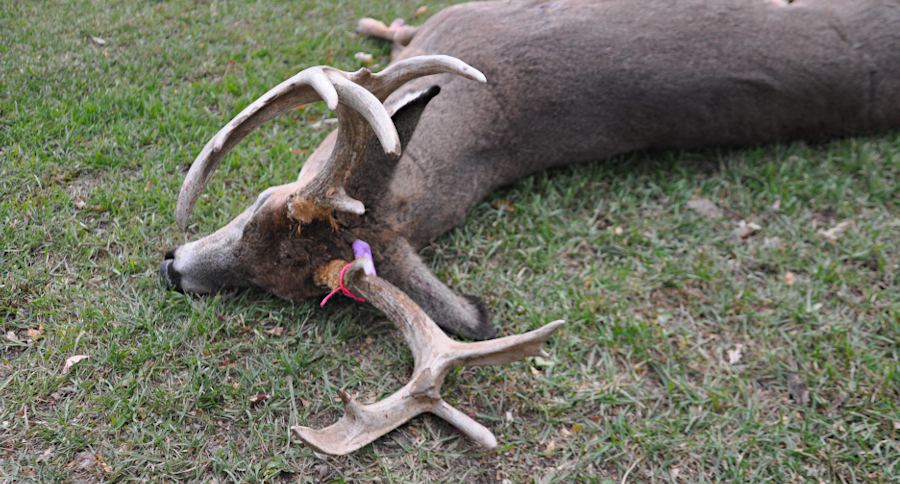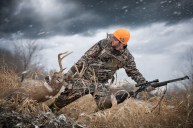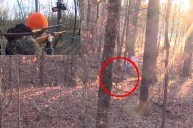Here's why bag limits are an indication of your state's deer herd.
You're probably very familiar with your state's deer hunting regulations. You likely know how much each deer tag costs and the season bag limits for all game animals like you remember family member's birthdays.
Have you ever stopped to ask why your statewide bag limits for deer are set where they are each hunting season? It's probably not something many hunters have contemplated while sitting in their tree stand or ground blind each season, muzzleloader or bow in hand.
However, these limits are crafted carefully and often reflect the health and size of your state's deer herd in a way you might not expect.
What is a deer bag limit?
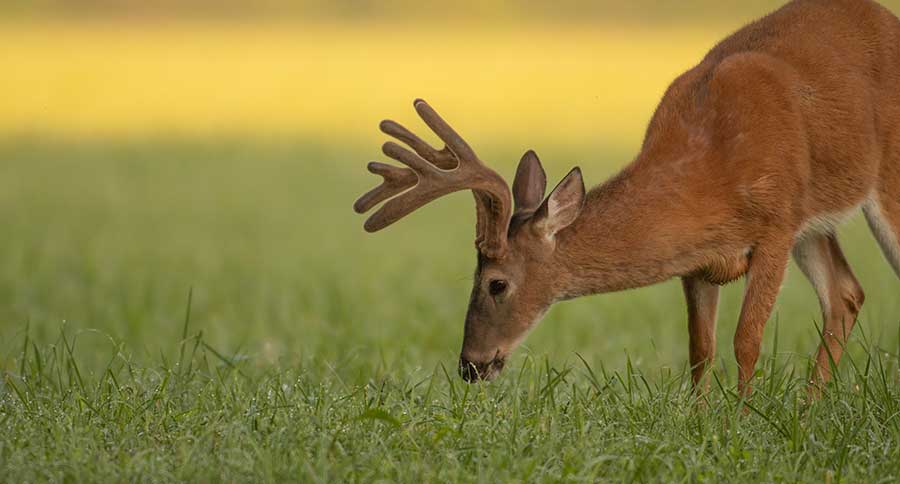
You might think this is a dumb question, but there are newbie hunters who may not know. So, to briefly review, a bag limit is the number of animals each deer hunter is legally allowed to harvest each hunting season.
State wildlife agencies use harvest reporting, deer surveys and other scientific data to get an estimate on the number of animals in each state.
From there, bag limits are set to allow the harvest of a sustainable number of animals. If the bag limit is too high, the population can be hurt. Too low and there is a chance that animals can over-populate leading to unwanted car/deer collisions, crop damage and the spread of diseases.
Most annual bag limits stay much the same from year to year. I live in Michigan and the bag limit for antlered deer has been two for my entire life.
However, let's get into some circumstances that may cause the limit to change in some locations.
Spread of Disease
Bag limits are sometimes reflective of the presence of disease within the deer herd. Unfortunately, there are a few out there which can cause all sorts of problems come deer season.
The two main ones you will hear about are Epizootic hemorrhagic disease (EHD) and Chronic wasting disease (CWD).
Both diseases are spread differently. EHD is spread by midges while CWD is a prion disease. They also vary in lethality. Sometimes deer can survive EHD, but animals infected with CWD are always doomed.
These diseases can affect bag limits differently. EHD's effects are often quite devastating to deer herds because when it does kill animals, it does so quickly and in great numbers. For instance, the Indiana deer bag limit has been reduced in certain counties in the past for antlerless deer. This is just to give the herd a better chance to rebound from an outbreak.
With CWD, it's more subtle and time-consuming. The disease can incubate inside an animal for years at a time. It's also highly contagious from animal to animal.
For states experiencing an outbreak, most will increase the number of antlerless permits during deer season. Unfortunately, one of the most effective ways of containing the disease has proven to be a cull. Private land owners and farmers are often incentivized with more antlerless deer permits.
Sometimes they even extend hunting times in these areas beyond the normal archery deer and firearms season dates to try and contain the disease.
Buck to doe ratio and population
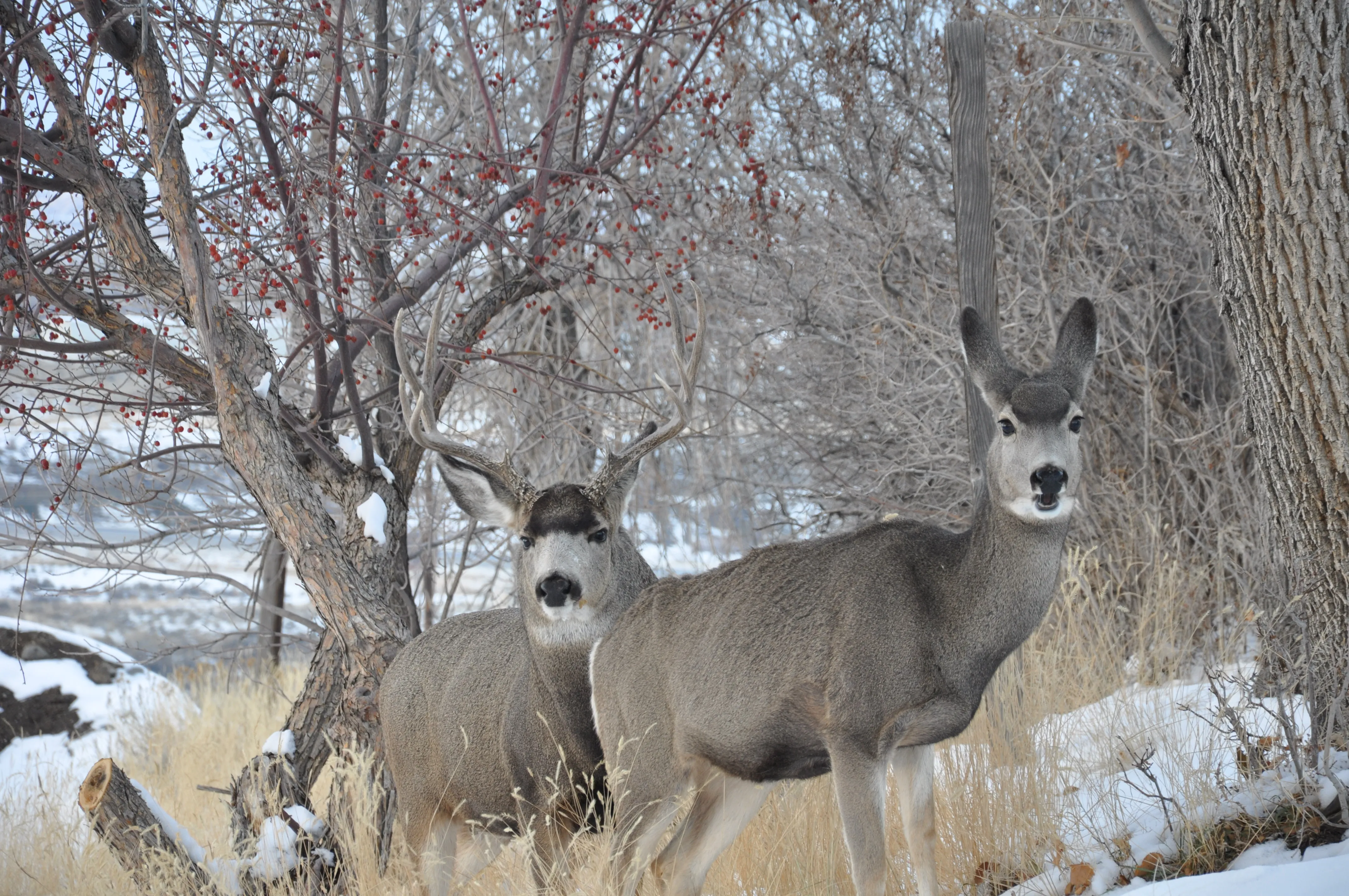
Travis Smola
The number of permits can also sometimes indicate things like an imbalance in the buck to doe ratio or simply an over-population of animals. If your department of natural resources is putting heavy emphasis on antlerless permits, odds are they've noticed trends in the data that show an imbalance of some kind.
Some wildlife agencies have bought in to "Earn a buck" (EAB) programs to encourage the harvest of more does. Wisconsin ended their EAB program due to public outcry back in 2011, but Virginia soldiers on with their program in select counties. The idea is that hunters first must shoot an antlerless deer before they can legally take a buck. This doesn't apply to anyone hunting public lands.
Virginia officials have defended the program as helping to reduce deer populations. Their program also requires hunters to take additional antlerless deer before they can harvest a second antlered deer.
It's worth noting Old Dominion has a generous limit of six deer per deer hunting season, three antlered and three antlerless animals. On the flip side of the coin, some states have very balanced ratios of males and females and it's reflected in their higher bag limits. South Carolina offers an incredibly generous daily bag limit of two bucks a day and a total of five for the season.
One state that has struggled a bit with declining mule deer numbers is Utah. There are many factors being attributed to this, but we're not surprised to see their antlerless deer permits come via a drawing. Wildlife officials there have been working hard to try to get deer populations back on the upswing after several especially brutal winters and an increasing number of predators.
Quality of the Deer Herd
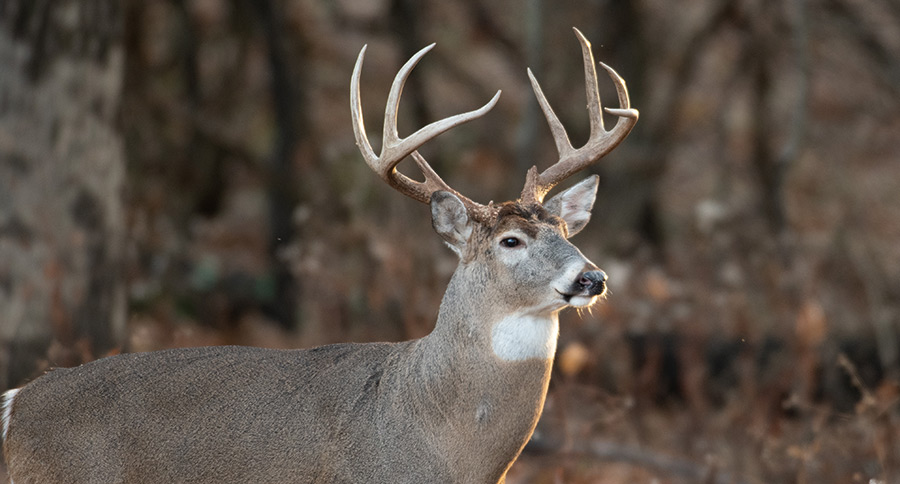
Sometimes bag limits are tied directly into increasing the overall quality of the herd. Have you ever noticed that the states with the biggest bucks seem to have the lowest bag limits?
Ohio is most notable here because they consistently produce world-class animals on a yearly basis. While the Buckeye State allows a bag limit of six deer per year, only one can be antlered.
Big buck states like Kansas and Kentucky are also on the list of ones that limit how many bucks a hunter can shoot.
The result is many more young bucks live to maturity each year. It's little wonder so many giant bucks are harvested in each season as a result. Some states like Pennsylvania have moved to a one-buck limit to try and increase the overall quality of the deer herd.
Other states keep the same season limits, but instead try to improve the quality of animals through antler-point restrictions. These have been something of a hot topic among hunters. Not everyone is a fan of them. Some states have only tentatively dipped their toes in the water.
The Michigan DNR, for example, has been experimenting with these restrictions in select counties for several years now. Depending on who you talk to, they're either a huge success or a colossal failure. The DNR has stopped just short of making these regulations statewide so far.
In any case, any state where you see point restrictions or lower bag limits for antlered deer, it's usually because the state is actively trying to manage the herd for larger-antlered deer.
Overall, there may be many different intents behind each state's bag limits. I know a lot of hunters like to grumble about hunting license costs and the limits in their state, but just know that they are being specifically tailored to your individual deer herd. They're designed to help maintain that herd's health and hopefully, provide you with as many opportunities to harvest that big buck as possible!
For more outdoor content from Travis Smola, be sure to follow him on Twitter and check out his YouTube channel.
NEXT: TOP 5 MILITARY SURPLUS DEER RIFLES
WATCH
https://rumble.com/embed/u7gve.v3v8nl/
